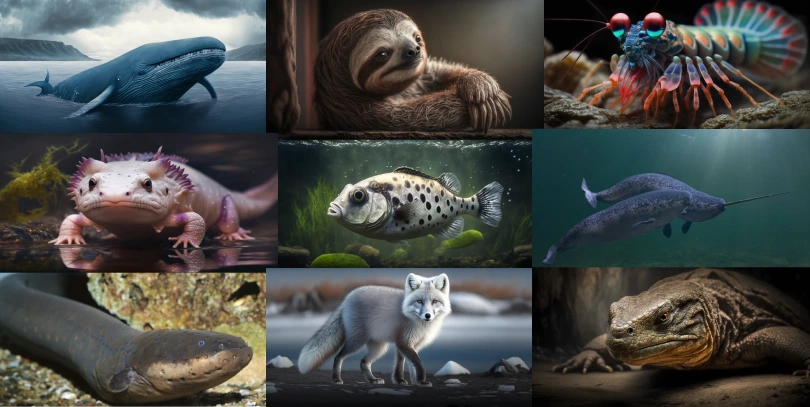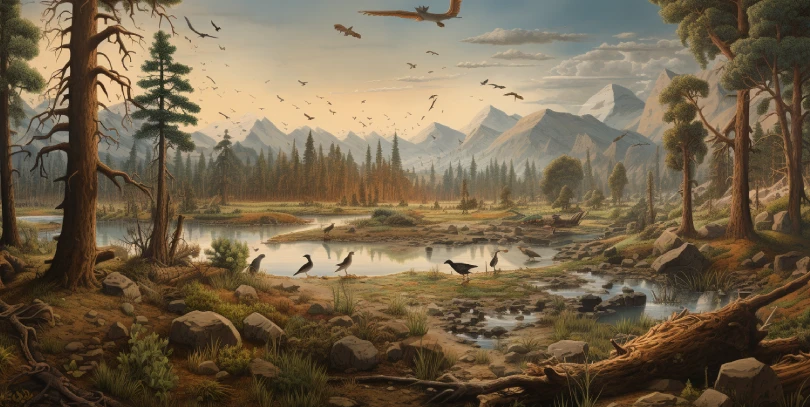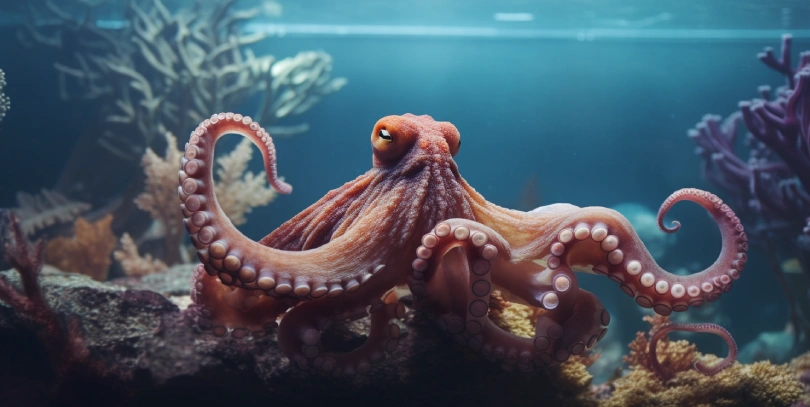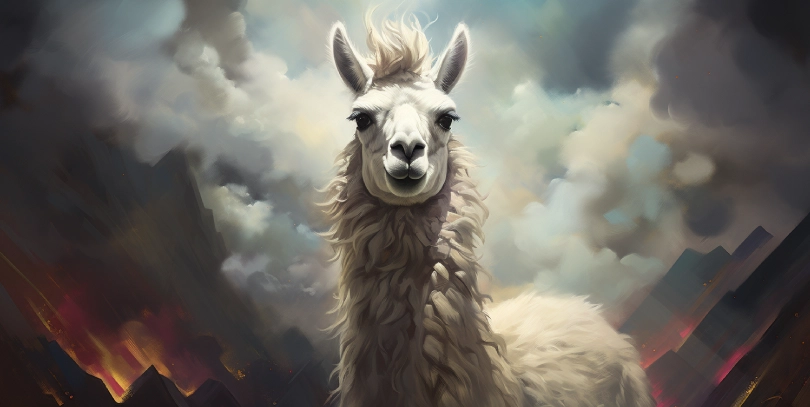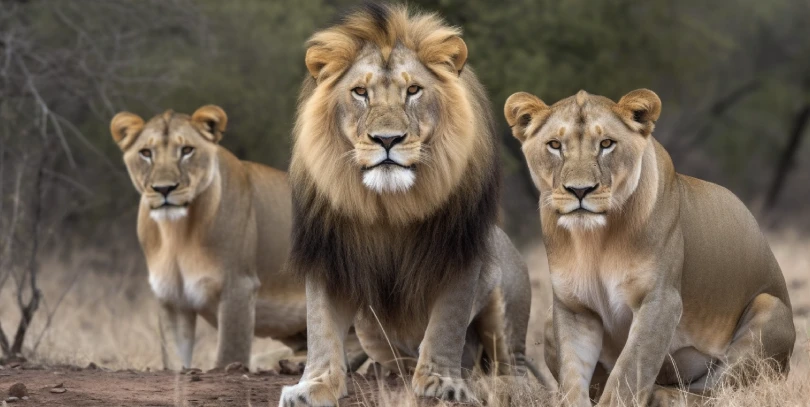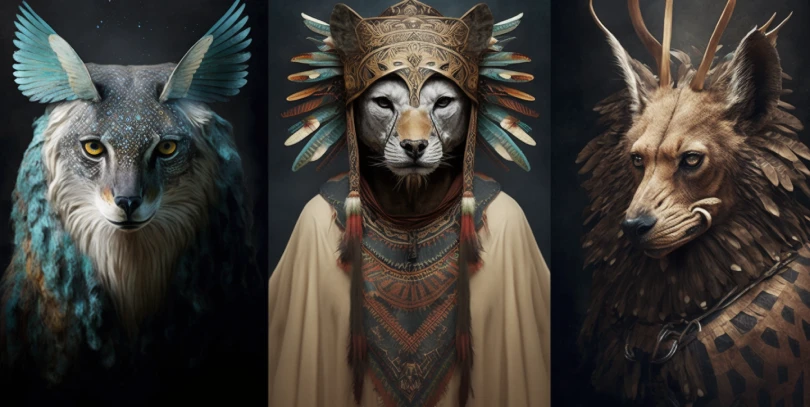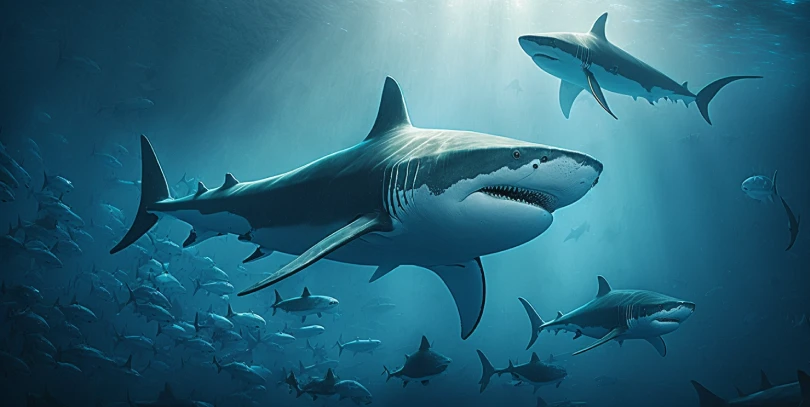The animal kingdom is full of fascinating creatures, each with their own unique adaptations that have allowed them to survive and thrive in their respective environments. From creatures that can survive in extreme temperatures to those that can fly, swim, and hunt with incredible precision, the diversity of life on Earth is truly amazing. In this article, we’ll take a closer look at 15 incredible animals with unique adaptations that have helped them to survive and flourish.
The Mantis Shrimp

The mantis shrimp is a fascinating creature that possesses one of the most powerful punches in the animal kingdom. Its club-like appendages can accelerate to speeds of up to 50 miles per hour, delivering a blow with the force of a .22 caliber bullet. This impressive ability allows the mantis shrimp to break open hard-shelled prey with ease, such as crabs and clams.
The Axolotl
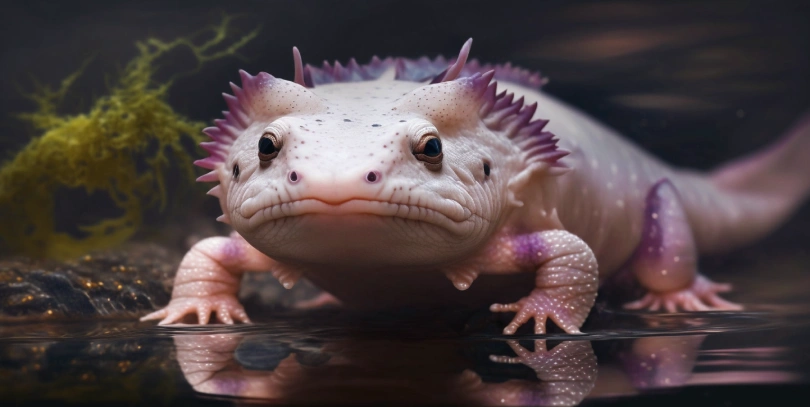
The axolotl is a type of salamander that has the unique ability to regenerate its limbs and other body parts. This incredible adaptation has made it a popular research subject for scientists studying regenerative medicine.
The Arctic Fox
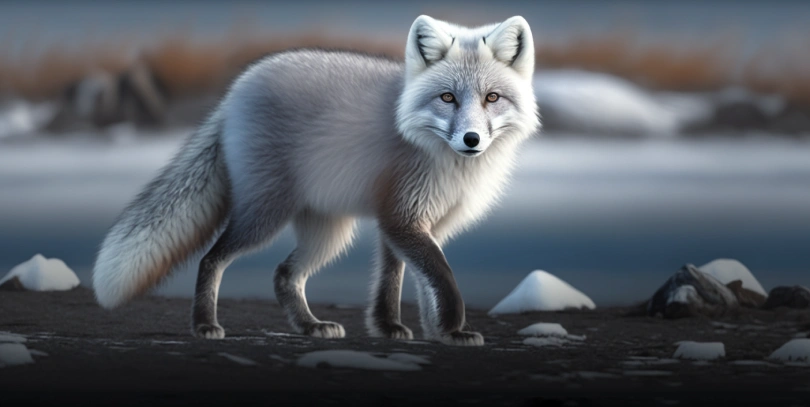
The arctic fox is a master of survival in one of the harshest environments on Earth. Its thick fur and small size allow it to conserve body heat, while its keen sense of hearing helps it locate prey beneath the snow. The arctic fox also has the ability to change the color of its fur from brown to white, providing camouflage in snowy conditions.
The Komodo Dragon

The Komodo dragon is the largest lizard in the world, with some individuals growing up to 10 feet long. Its saliva contains a potent venom that can cause paralysis and death in its prey, making it an incredibly effective hunter.
The Sloth

The sloth may be slow-moving, but its unique adaptations allow it to survive in the dense rainforests of South and Central America. Its slow metabolism and low-energy diet of leaves and twigs allow it to conserve energy, while its long claws and strong grip allow it to hang upside down from tree branches for extended periods of time.
The Platypus
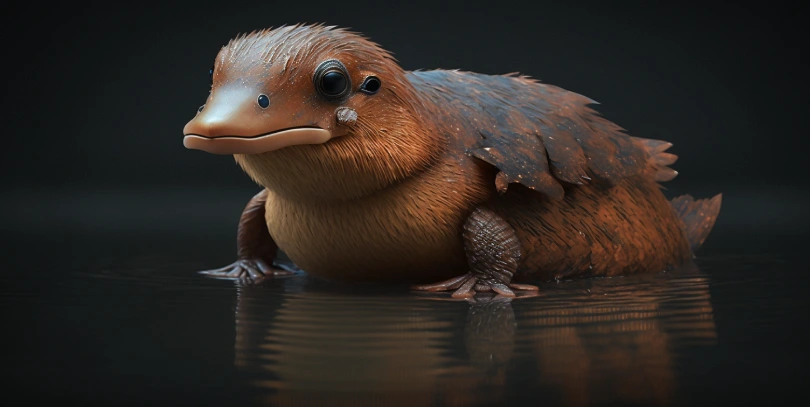
The platypus is a truly unique animal that defies classification. It has the bill of a duck, the body of an otter, and the webbed feet of a beaver. It is also one of the few mammals that lays eggs, making it a fascinating study in evolutionary biology.
The Blue Whale
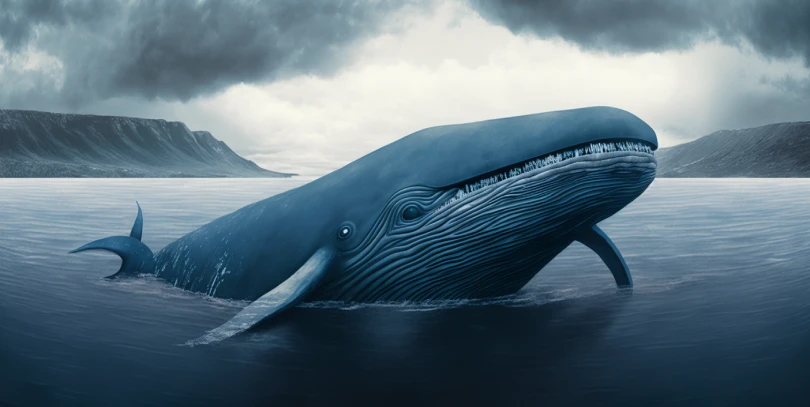
The blue whale is the largest animal on Earth, growing up to 100 feet long and weighing as much as 200 tons. Its massive size is due in part to its unique feeding strategy of filter feeding, in which it consumes large quantities of tiny krill and other planktonic organisms.
The Pangolin
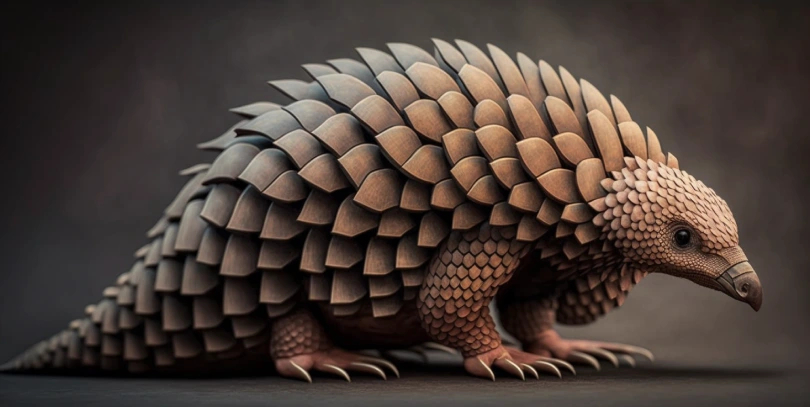
The pangolin is a scaly anteater that has a unique defense mechanism against predators. When threatened, it rolls itself into a ball, using its tough, overlapping scales as armor. This adaptation has made it one of the most heavily trafficked animals in the world, as its scales are highly prized in traditional medicine.
The Hammerhead Shark
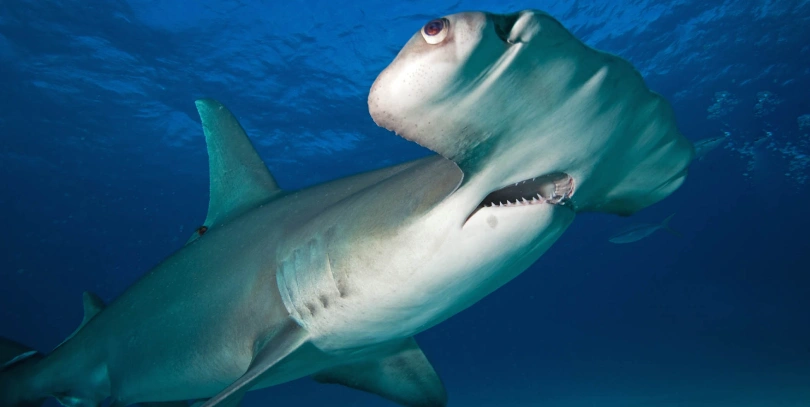
The hammerhead shark has a distinctive, hammer-shaped head that serves a purpose beyond aesthetics. Its wide-set eyes provide excellent peripheral vision, while its broad, flat head allows it to detect prey hiding on the ocean floor.
The Electric Eel
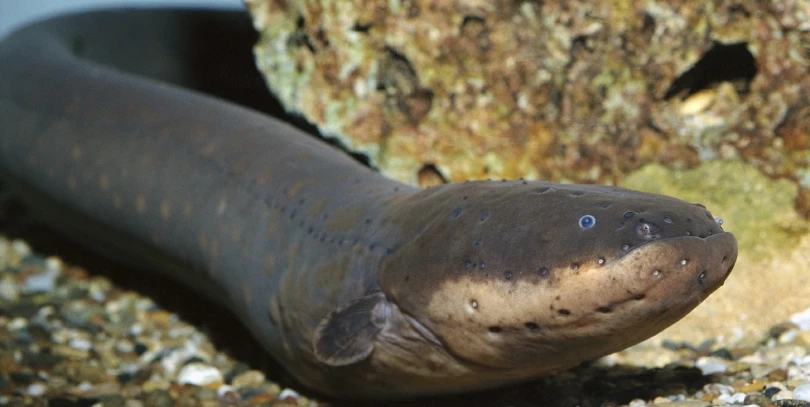
The electric eel is a type of fish that has the ability to generate electrical shocks of up to 600 volts. This impressive adaptation allows it to stun prey and defend itself against predators.
The Archerfish
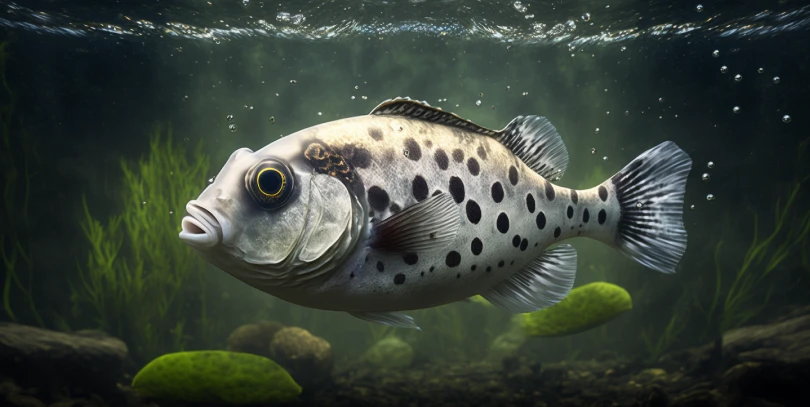
The archerfish is a small, freshwater fish that has the ability to shoot a stream of water at insects and other prey, knocking them off of overhanging branches and into the water where they can be easily captured. This unique hunting strategy requires a high level of precision and coordination, making the archerfish a fascinating example of animal intelligence.
The Camel
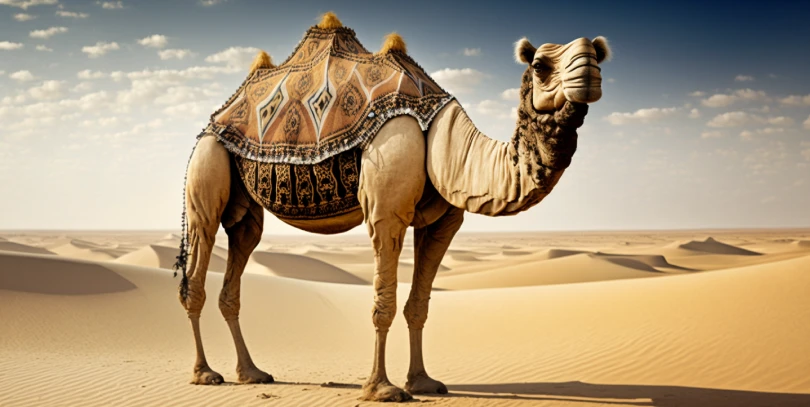
The camel is a desert-dwelling mammal that has a variety of unique adaptations that allow it to survive in extremely arid environments. Its hump stores fat, providing a source of energy when food and water are scarce, while its broad feet and thick fur help it navigate sand dunes and protect it from the sun’s intense heat.
The Narwhal

The narwhal is a type of whale that has a long, spiral tusk protruding from its head. Scientists believe that the tusk may play a role in communication or as a weapon during disputes with other males.
The Gharial
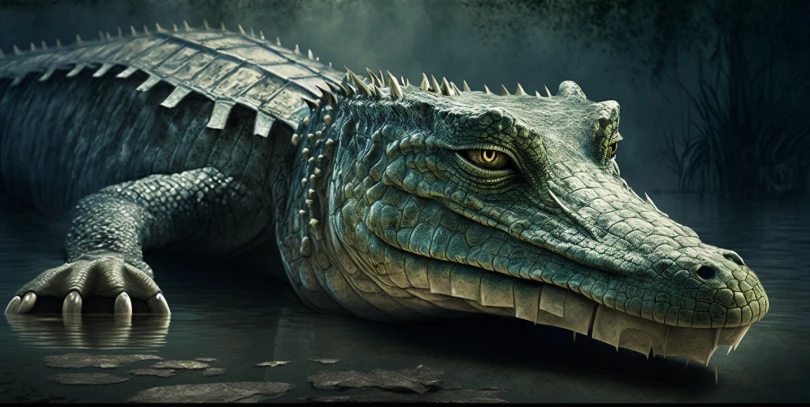
The gharial is a type of crocodile that has a long, narrow snout filled with sharp teeth. This unique adaptation allows it to catch fish with incredible precision, while its slender body and webbed feet make it an agile swimmer.
The Flying Squirrel
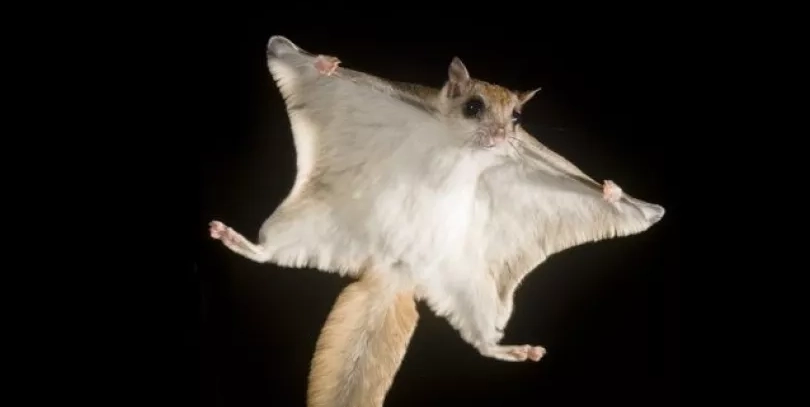
The flying squirrel is a nocturnal mammal that has a unique adaptation that allows it to glide through the air. Flaps of skin called patagia stretch between its front and hind legs, allowing it to glide from tree to tree in search of food and shelter.
These are just a few examples of the incredible diversity of adaptations found in the animal kingdom. From the powerful punch of the mantis shrimp to the gliding abilities of the flying squirrel, each of these animals has evolved in unique ways that allow them to survive and thrive in their respective environments. By studying these adaptations, scientists can gain a better understanding of the complexities of evolution and the incredible diversity of life on Earth.
Sources:
